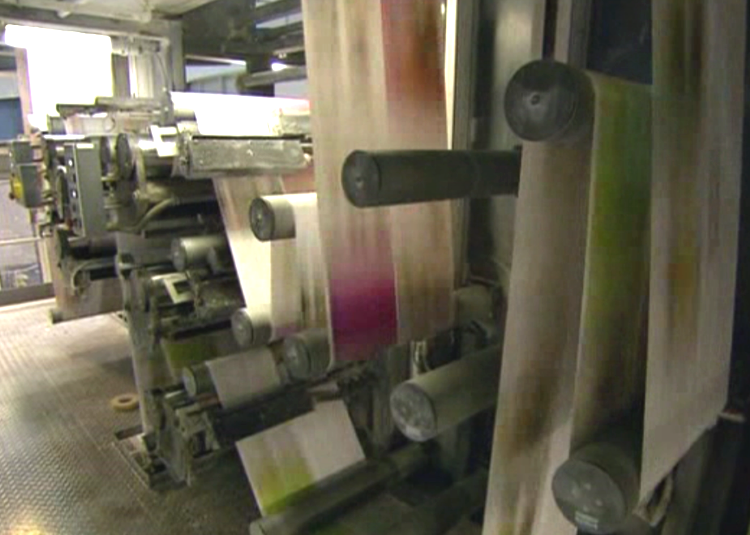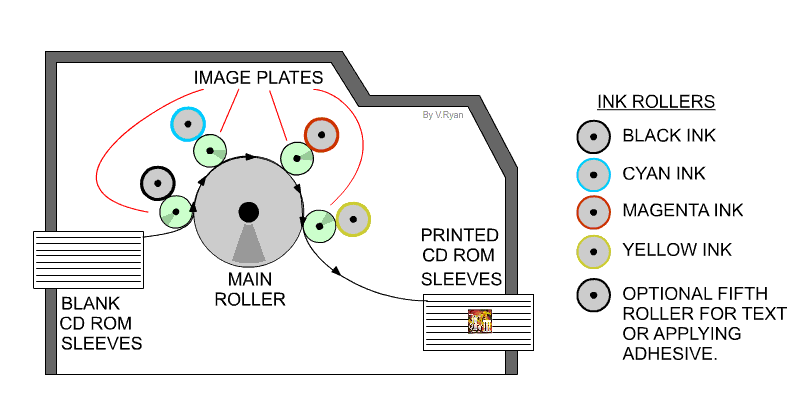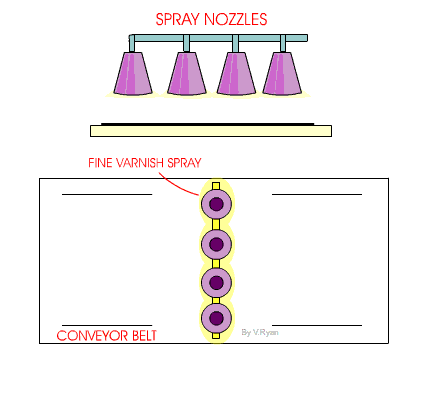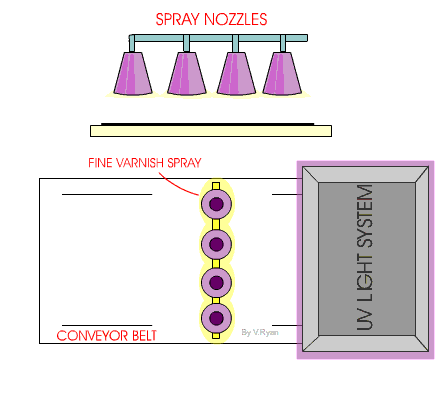| PDF FILE - DIRECT PRINTING - BOX LEARNING EXERCISE | |
|
PDF FILE - CLICK HERE FOR PRINTABLE WORKSHEET
|
|
|
CD ROM packaging is printed through direct printing.
The Direct Imaging Press is based on a typical ‘offset press except that
it is computer controlled. All the imaging plates are pressed onto the
paper/card precisely through the control of a computer system. Usually an
offset press operates using one imaging plate at a time. This means that
the paper / card has to be sent through the offset press at least four
times until the application of colour is complete. With the Direct Imaging
Press the card / paper is sent through once. |
|
|
Direct imaging presses are not as economical as digital copiers, digital desktop printers, and digital presses which can be used for small print runs. They are, however, more economical than digital presses or desktop printers for producing large press runs of static documents due to the higher printing speed they are able to attain. |
|
|
Direct Printing uses technology called CMYK colour - known also as four-colour printing, full-colour printing, or process colour printing. Cyan, magenta, yellow, and black inks are printed on the paper as small dots. This process is used when printing the full range of colour is required, such as photography or stamps. |
|
| A DIRECT PRINTER IN OPERATION | |
 |
|
|
When a batch of CD ROM packaging has been printed, the batch is sent for UV Varnishing. When dry this gives a gloss finish and helps protect the printing/graphics underneath. |
|
| PRINTING EFFECTS - CD ROM PACKAGES | |
|
|
VARNISHING: |
|
|
ULTRA VIOLET VARNISHES: |
|
Varnish is applied to the CD ROM card sleeve in order to give it a gloss finish. It offers little protecting to the package and usually applied to give a ‘shine’ to the card. Varnish is also applied to pages of magazines so that they also have a gloss finish and gives the paper a quality feel. |
|
| QUESTIONS: 1. Draw a diagram to represent the application of varnish to the CD ROM sleeve. 2. Explain why varnishing is applied to card and paper. |
|
| CLICK HERE FOR GRAPHICS INDEX PAGE | |


